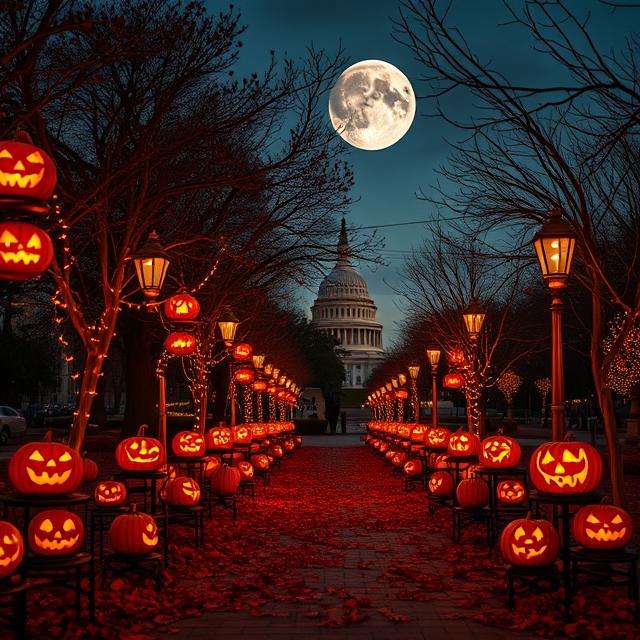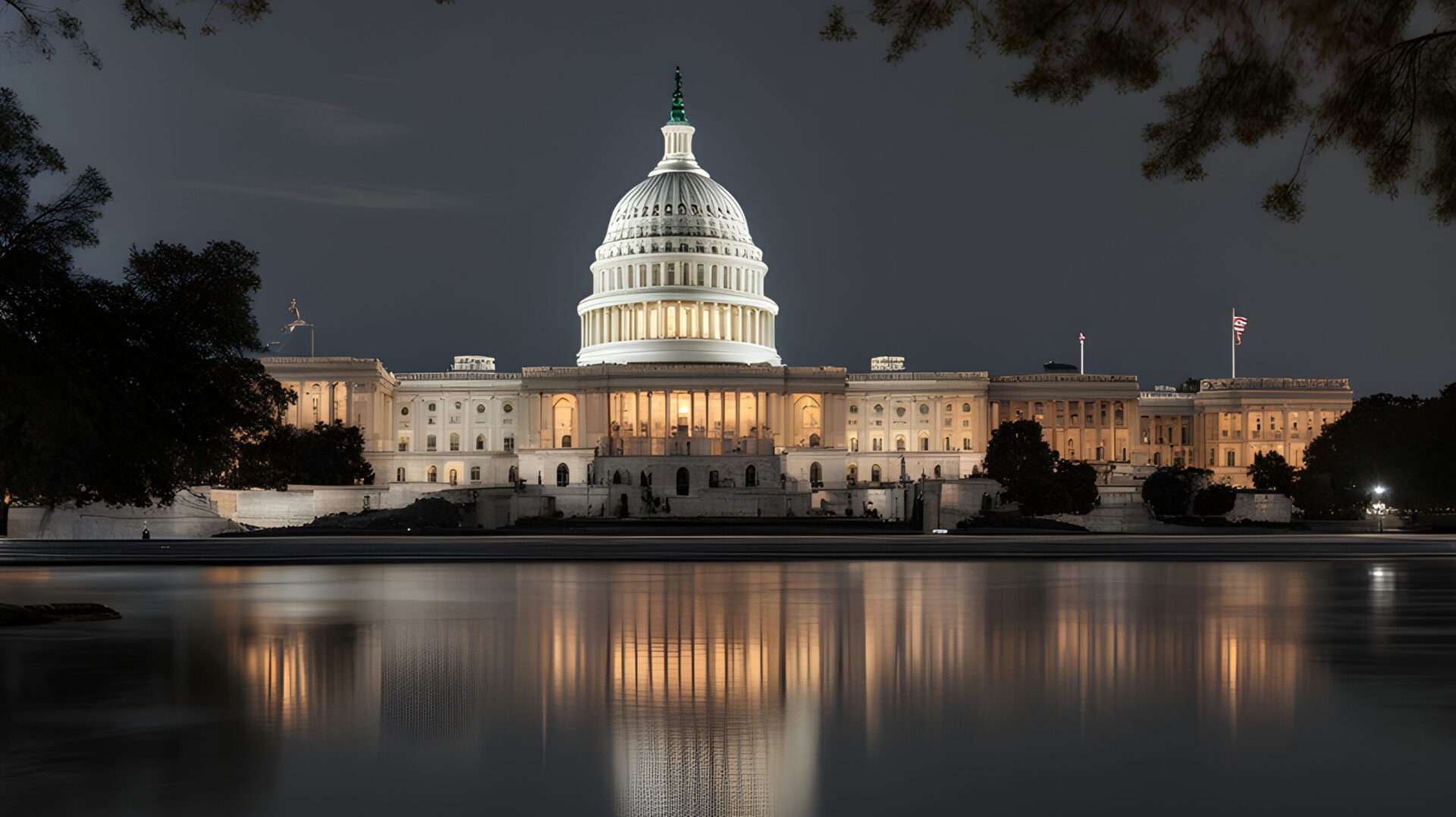
Note: Political Awareness never authorizes any candidate or their committees to publish its communication.
Halloween and Politics: A Spooky Intersection in History and Washington D.C.
Halloween, celebrated annually on October 31st, is widely recognized as a festive occasion marked by costumes, trick-or-treating, and spooky decorations. However, beyond its playful veneer, Halloween also has intriguing historical roots that intertwine with politics and cultural shifts over centuries. Notably, in the political heart of the United States—Washington D.C.—this holiday takes on a peculiar significance, especially with tales of ghostly presences haunting the White House.
The Origins of Halloween and Its Political Roots
The origins of Halloween trace back to ancient Celtic festivals, notably Samhain, which marked the end of harvest season and the beginning of winter. Over centuries, these pagan traditions merged with Christian practices, evolving into All Hallows’ Eve, a time to honor saints and reflect on mortality. In the United States, Halloween gained popularity in the 19th century, especially with Irish and Scottish immigrants bringing their customs.
Interestingly, Halloween has historically been associated with themes of rebellion and subversion. During periods of political upheaval, communities often used the holiday as a way to satirize authority and challenge social norms. For example, during the Prohibition era, costumes and disguises provided cover for protests and clandestine activities. The holiday’s playful deception mirrors political strategies of masking true intentions—a symbolic connection between disguise and political machination.
The White House and Its Haunted Legacy
Washington D.C., the political epicenter of the nation, is steeped in ghost stories and supernatural legends. The White House, in particular, is renowned for its haunted reputation. Numerous presidents and staff members have reported ghostly encounters— apparitions of former occupants and mysterious noises. The most famous ghost is that of Abraham Lincoln, often seen on the anniversary of his assassination, and the spirit of Dolley Madison, who is said to wander the halls. These stories have become a part of the White House’s mythos, blending the political history with ghostly tales.
During Halloween, these stories gain prominence, as tours and media highlight the haunted history of the presidential residence. Some speculate that the spirits symbolize unresolved political tensions or the weight of history that still lingers in the nation’s capital.
Halloween, Politics, and Cultural Reflection
Throughout history, Halloween has served as a mirror to societal fears and political anxieties. During the Cold War, for instance, the imagery of ghosts and monsters reflected fears of communism and nuclear annihilation. Similarly, in contemporary times, costumes often parody political figures and issues, transforming Halloween into a satirical commentary on current events.
In Washington D.C., Halloween also becomes a platform for political expression. Events like costume parades featuring political figures or haunted house tours themed around political history underscore the holiday’s role in cultural and political dialogue. The ghost stories of the White House, in particular, symbolize how history and politics are haunted by unresolved issues, echoing the notion that the past continually influences the present.
Conclusion
Halloween’s rich history, rooted in ancient traditions and evolving through social and political changes, reveals a fascinating facet of cultural expression. In Washington D.C., the haunted tales of the White House serve as a symbolic reminder that history. And its ghosts remain an intrinsic part of political life. Whether as a time for playful disguise or a reflection on societal fears. Halloween continues to be a unique intersection of politics, history, and the supernatural.

Leave a Reply